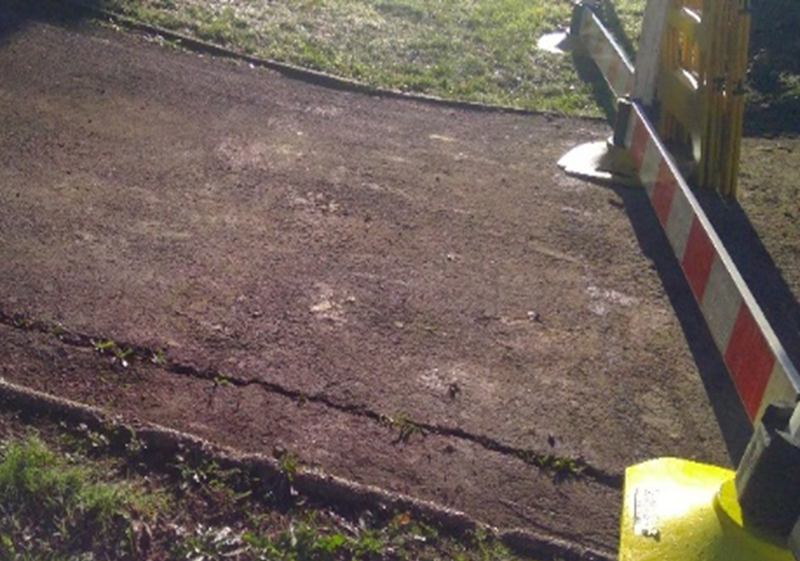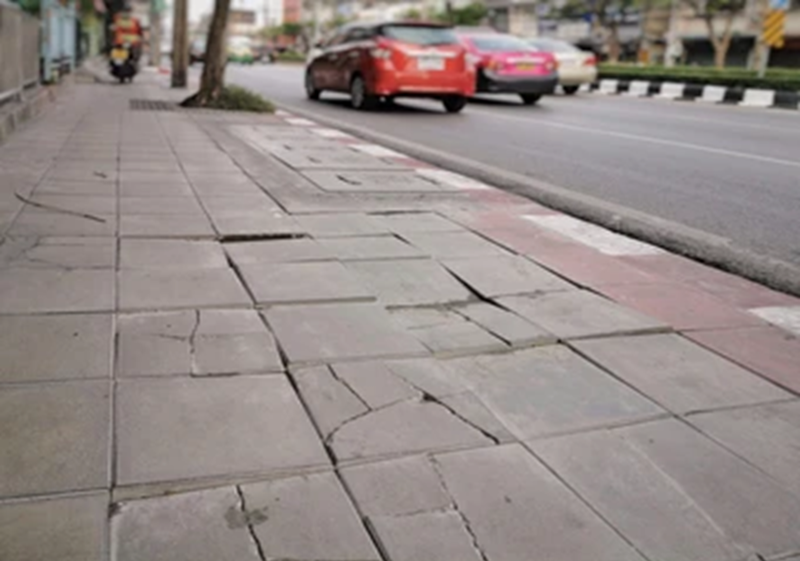This Guide takes you through how we should be working to help people who need to use a wheelchair.
Mobility aids have changed. A ‘wheelchair’ is just one type of mobility aid and may be hand-powered or electric – but people also use heavier-duty mobility scooters.
In this Guide, we use the term ‘wheelchair’ to mean any wheeled vehicle that helps a person to navigate what would usually be a pedestrian route.
Wheelchair users may:
- Not be able to navigate our site at all.
- Find it hard to understand what’s expected of them on a site.
- Be unable to use our diversion routes easily.
- Need support to navigate a site safely.
- Need consideration for equipment or assistance.
We don’t, but we must still take responsibility for ensuring our sites are planned to accommodate wheel chair users’ needs if possible.
That said, there are visual clues in the environment that may highlight wheelchair users living or working close to Street and Road Works.
Wheelchair users are highly likely to be affected by the physical environment that’s changing as part of our work.
This includes things like having to navigate low quality surfaces, uneven grass verges or obstruction hazards in less well-travelled diversion routes – as well as poorly lit footways or badly-communicated changes to Bus Stop locations.
Further guidance
Please select from the following options the current status of your works to see further guidance of supporting vulnerable road users on this topic:






